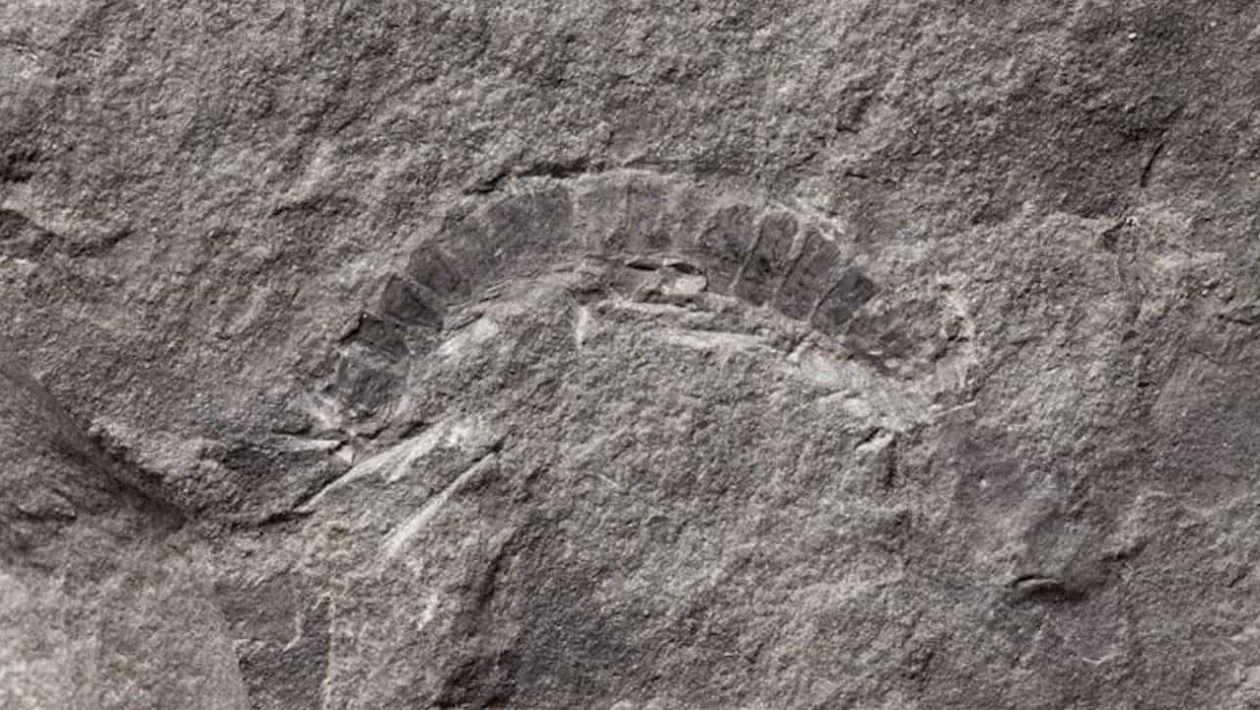Scientists of the University of Texas, Austin said that they discovered a fossil of a millipede in Kerrera, Scottish Island. Its age is more than any fossil of an arachnid and is almost 425 million old. Researchers said that the uncovering of this fossil has given a lot of information about the evolution of nature, including trees, bugs, and more. The evolution of those bugs and trees might have taken place more frequently. Scientists say that the insect found in 425 million aged fossils showed signs that this bug belonged to a lake embraced area. The evolution probably went through a forced living in a complicated atmosphere and might have taken 40 million years of time.
Research and development on the evolution
Michael Brookfield, professor of University of Massachusetts, Boston, and a scientist of UT Austin’s Jackson School Of Geosciences says that evolution is quite a leap from this little bug to very much complicated communities of Forest. The development also could have taken a long time. The transmission of evolution seemed rather quick as from the valleys of the mountain to relatively lower lands and then around the whole earth.
The research study’s author Brookfield added that there might be more fossils of bugs, trees that could be rather older but those are yet to be found.
There were other researchers as well on this fossil study. Elizabeth Catlos, professor, Jackson School, Department of Geosciences is one of those scientists. Another prominent researcher is Stephanie Suarez who is a doctoral student at the University Of Houston. She discovered developments using dating methods to this fossil study. That time she was pursuing her under graduation at UT Austin’s Jackson School.
Paleontologists found a 170 million aged footprint of a dinosaur in Scotland in 2018. Other ancient findings were also there in Scotland. Researchers had found trackways that had dinosaur footprints at the Isle of Skye, Northwest Coast of Scotland.











